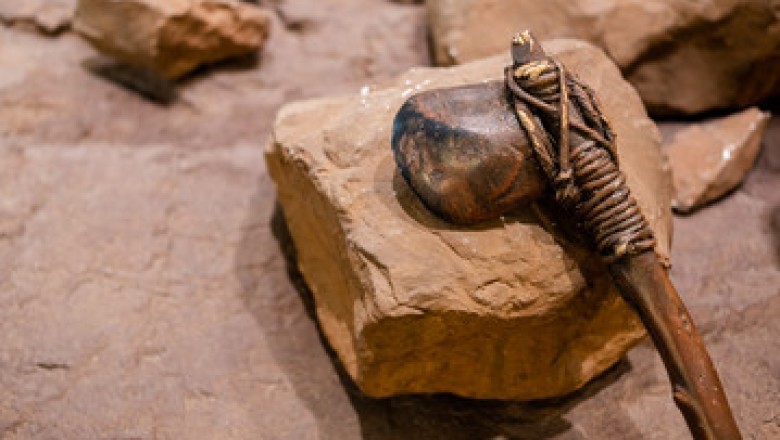
views
Archaeology Just Rewrote the Human Story—And It’s Nothing Like You Were Taught
The Glory-Hunters of Antiquity
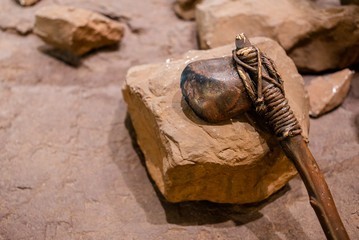
Early archaeologists were less scientists and more adventurers. Driven by fame, treasure, and the prestige of discovering forgotten empires, they unearthed history for spectacle. These tomb raiders and collectors rarely asked about the lives of the people they studied. They sought to connect rulers to golden ages, using relics to legitimize modern power. Palaces and temples were torn apart to glorify conquerors and justify colonial expansion. Yet, in their relentless quests, they preserved pieces of the past we still study today. Their flawed motives set the stage for a future shift from plunder to understanding.
The Ethical Awakening
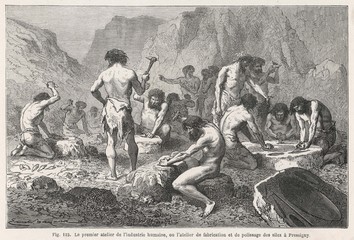
As time passed, archaeology matured. The once-glorified treasure hunters gave way to scientists. Questions evolved: not "What did we find?" but "Who were these people?" Ethics emerged—respect for burial sites, collaboration with local communities, and the move to preserve rather than possess. The discipline began to question how ancient lives reflected or contrasted with our own. Excavation transformed into inquiry. Archaeologists started looking at social patterns, inequalities, and environmental shifts, hoping the past could illuminate paths forward. A field once about conquest turned introspective, seeking meaning over marvels.
Expanding Horizons
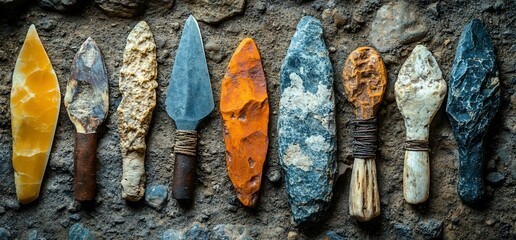
The study of the past once focused on Egypt, Mesopotamia, and Greece. But today’s archaeology is global. Excavations now span six continents, from Ice Age camps in Siberia to ancient cities beneath Amazonian canopies. As tools advanced, so did our scope—satellites, isotopic analysis, and DNA sequencing unlocked new insights. Human origins became a global puzzle stretching over six million years. This broadened focus reshaped our understanding: humanity’s story wasn’t written by a few elite civilizations but by countless communities adapting, thriving, and evolving across the globe.
From Data to Wisdom
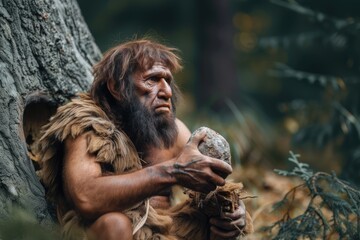
Decades of careful excavation, documentation, and analysis have brought archaeology to a tipping point. The sheer volume of data, combined with modern technology, now lets us see patterns across time and space. What once seemed like scattered relics now form a coherent, global narrative. These insights offer more than knowledge—they’re socially useful. They help us confront today’s challenges—inequality, disease, war—by understanding their ancient roots. Archaeology has become a mirror and a guide, not just to where we came from, but to where we’re going.
Evolutionary Mismatch
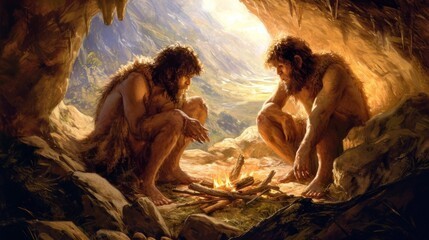
We evolved to survive in small, mobile groups. Today, we live in sprawling cities, glued to screens. This disconnect between our ancient biology and modern environments—called evolutionary mismatch—fuels issues like heart disease, addiction, and ADHD. Understanding our evolutionary past helps explain why these problems exist and how to address them. Archaeology, combined with biology, highlights the environments we’re best suited for. This synthesis doesn’t just explain dysfunction—it offers a roadmap for healthier, more balanced living aligned with our evolutionary needs.
Universal Frameworks
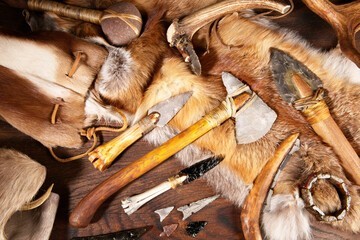
By comparing societies across time and geography, archaeologists are building universal frameworks. These models go beyond Western historical narratives to include Indigenous knowledge, non-literate cultures, and communal societies. This approach respects diversity and challenges Eurocentric myths of “progress.” It allows us to analyze patterns in governance, cooperation, and resilience across cultures. Instead of treating Western institutions as the endgame, we’re learning from societies that thrived with different models—sometimes more equitable and sustainable. It’s a new way to see human potential.
Rethinking Mesoamerica
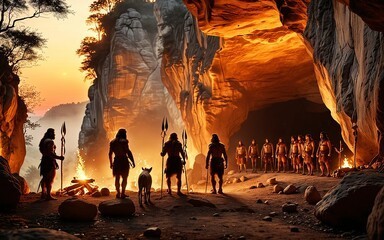
Gary Feinman and colleagues have revolutionized our view of Mesoamerican civilizations. These weren’t just temples and human sacrifices—they were complex, often cooperative societies. Many communities were more egalitarian than we thought. Feinman’s work builds comparative frameworks that let us measure aspects of ancient life—governance, inequality, trade—across cultures. His research breaks stereotypes and shows how diverse paths of social organization shaped the human story. Mesoamerica now stands not as an exotic other, but as a vital part of humanity’s shared heritage.
Models that Matter
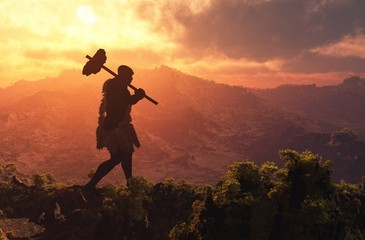
Feinman champions better models to interpret history. Old theories framed Europe as humanity’s peak—ignoring millennia of achievements elsewhere. New models incorporate diverse data, from artifacts to DNA, and stress variability, contingency, and cooperation. These models reveal the full range of human social structures and challenge simplistic views of progress. By embracing a wider dataset, we can understand why societies rose or fell, cooperated or collapsed. It’s not about glorifying the past, but learning from its complexity.
Beyond Cherry-Picked History
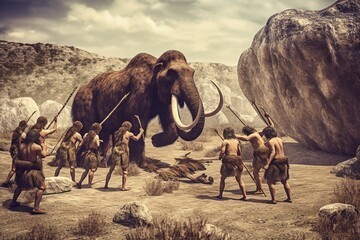
Too often, leaders pull from a narrow slice of history—Greece, Rome, Europe. This tunnel vision misses the rich diversity of human experiences. It also supports myths that justify inequality or authoritarianism. Archaeology offers a corrective. By analyzing societies across time and place, we find examples of cooperation, sustainability, and decentralized governance. These aren’t utopias, but real societies that managed resources and people differently. Learning from them requires humility—and the courage to abandon comforting myths.
Humans Are Not Just Selfish
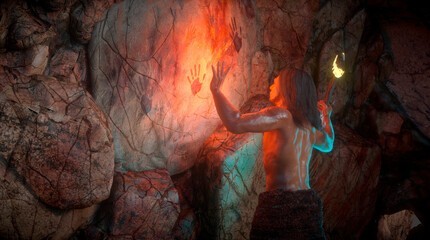
Popular theories paint humans as inherently selfish, our leaders as inevitably corrupt. But archaeology shows this isn’t universal. Across history, people built systems based on cooperation, reciprocity, and community. Yes, power imbalances existed—but so did mechanisms for fairness and accountability. Human behavior is flexible, context-dependent, and far more nuanced than “survival of the fittest.” By studying long-term patterns, we see that the capacity for altruism and collective action is as old as greed.
Institutions and Their Inertia
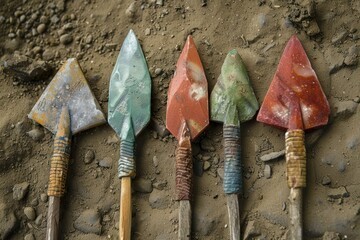
Institutions matter—and they change slowly. They’re shaped by history and often resist reform. Understanding their roots helps us navigate reform today. Ancient institutions weren’t static either—they adapted, evolved, and sometimes collapsed under pressure. Archaeology reveals how power, finance, and infrastructure interact over time. Change is possible, but it must account for deep-seated structures. Reforming a system means understanding not just what it does, but where it came from.
Migration and Membership
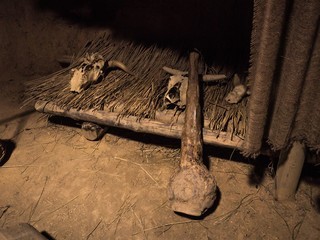
Human societies have always been fluid. Migration is not an exception—it’s the norm. Archaeology shows us how communities absorbed newcomers, redefined belonging, and created hybrid cultures. Membership was often flexible, with affiliations based on trade, marriage, or shared ritual. This challenges today’s rigid ideas of identity and nationhood. The past reminds us that human groups are adaptable, and that borders—cultural or physical—have always been porous.
Technology Meets Time
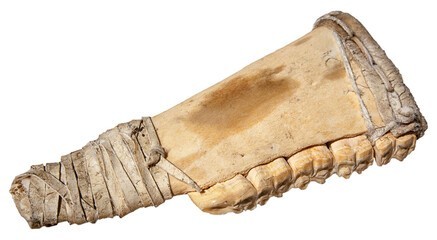
New tools have revolutionized archaeology. Isotopic analysis tells us where people came from. DNA shows us their family ties. Satellite imagery uncovers cities hidden in jungles. These technologies let us zoom in and out—studying daily life or continental migrations. They help integrate different types of evidence into cohesive narratives. The result? A past more vivid, diverse, and interconnected than we ever imagined. Technology is not just aiding discovery—it’s rewriting our understanding of history itself.
Fixing the Flawed Curricula
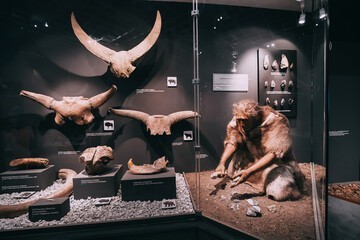
Elite education still clings to outdated frameworks. Courses like PPE (Philosophy, Politics, and Economics) train future leaders in Eurocentric worldviews. Grand Strategy classes ignore much of the world’s history. We need to integrate anthropology, archaeology, and global history. This doesn’t mean abandoning economics or politics—but enriching them. A broader perspective tempers hubris, builds empathy, and prepares leaders for a diverse, interconnected world. The past is not just a mirror—it’s a mentor.
A New Synthesis
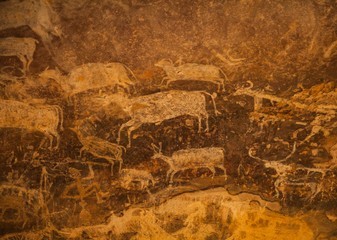
Feinman calls for “destructive science”—tearing down outdated theories to build better ones. Archaeology and anthropology offer rich data and global perspectives. By merging these with insights from economics and politics, we can develop new, inclusive theories. This synthesis respects diversity, embraces complexity, and prioritizes practical wisdom. We now have the data to build a better framework for understanding ourselves—not as isolated empires, but as one species with many paths. The greatest discovery of our time isn’t an artifact—it’s perspective.










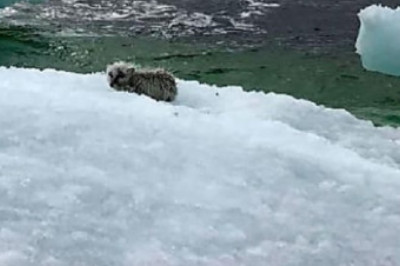
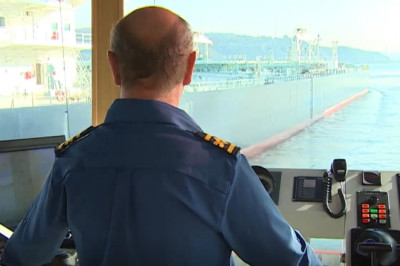
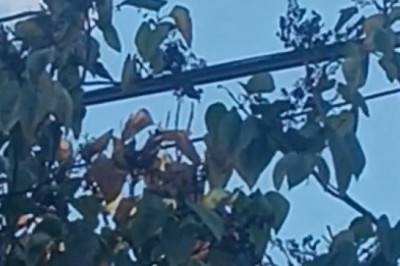
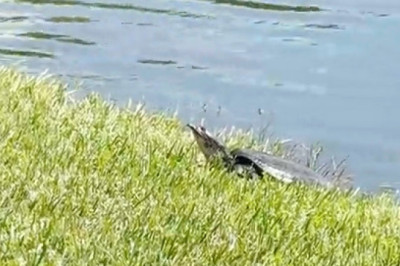
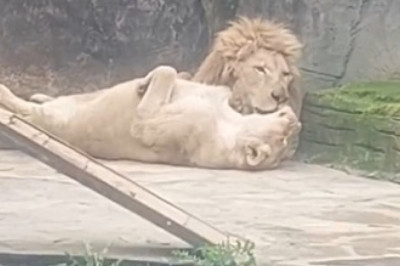
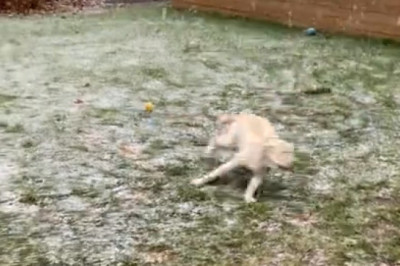
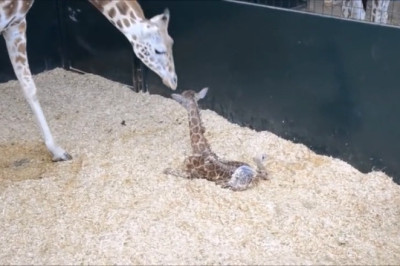

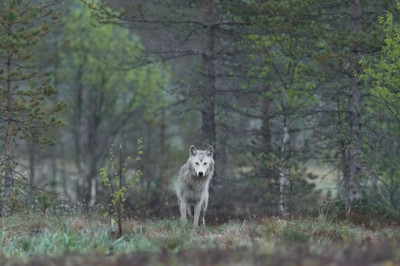

Comments
0 comment